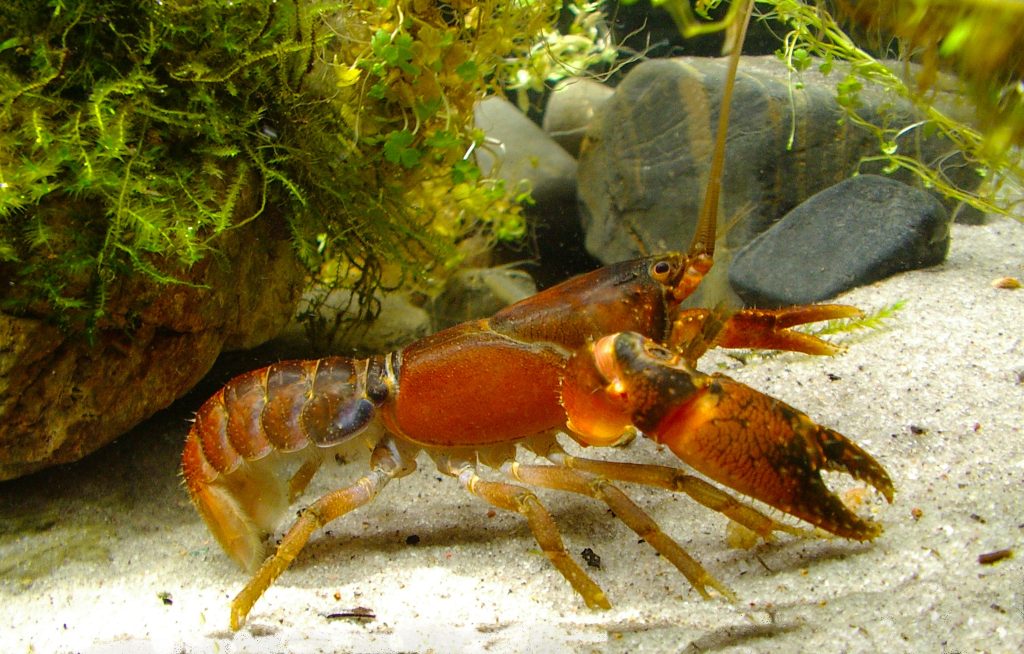An action plan for threatened bushfire-impacted spiny crayfish is released
‘Saving the spinys: urgent actions to conserve the Euastacus freshwater crayfish’, is a ground-breaking bushfire recovery project funded by the Australian Government’s Bushfire Recovery for Wildlife and Habitats program.
The project has provided vital information needed to the conserve species of Euastacus that were impacted by the 2019-20 bushfires. During the project, the status of and threats to Euastacus species were assessed through field surveys to 100s of sites across eastern Australia, the feasibility of conservation translocations was evaluated, molecular taxonomy analyses highlighted up to 27 new species (adding to the 53 currently described species) and there has been a real push to raise the profile of this highly threatened genus.

An important aspect of the project has been to formally assess the status of species against Environment Protection and Biodiversity Conservation Act 1999 criteria – this is critical to afford legislative protection, which is often required before threatened species can attract meaningful attention and resources. This aspect of the project has been summarised in ‘The 2022 Action Plan for priority 2019–20 bushfire-impacted species from Australia’s endemic freshwater crayfish genus Euastacus (Parastacidae)’.
In the Action Plan, five species were assessed as Critically Endangered and 13 species as Endangered.
The Action Plan outlines nine priorities for the conservation and management of bushfire-impacted priority species of Euastacus, which are equally relevant to all members of the genus. The priorities are to:
- Undertake formal national assessment for all Euastacus and develop recovery plan(s);
- Mitigate threats and implement conservation actions;
- Incorporate and include Euastacus into management strategies and actions at multiple scales;
- Define species’ range boundaries and implement ongoing population monitoring programs;
- Resolve taxonomic uncertainty and formally describe putative species;
- Redress previously identified critical biological and ecological knowledge gaps;
- Explore species-specific conservation translocations;
- Engage stakeholders in management and conservation; and
- Raise the profile of the Euastacus within governments, NGOs and funding bodies.
It is hoped that this Action Plan will establish a platform for the genus-level conservation and management species of Euastacus, which are acritically important and vulnerable component of Australia’s distinctive inland aquatic biodiversity.
This project is supported by the:

Bushfire Recovery
for Wildlife and Habitat Program
